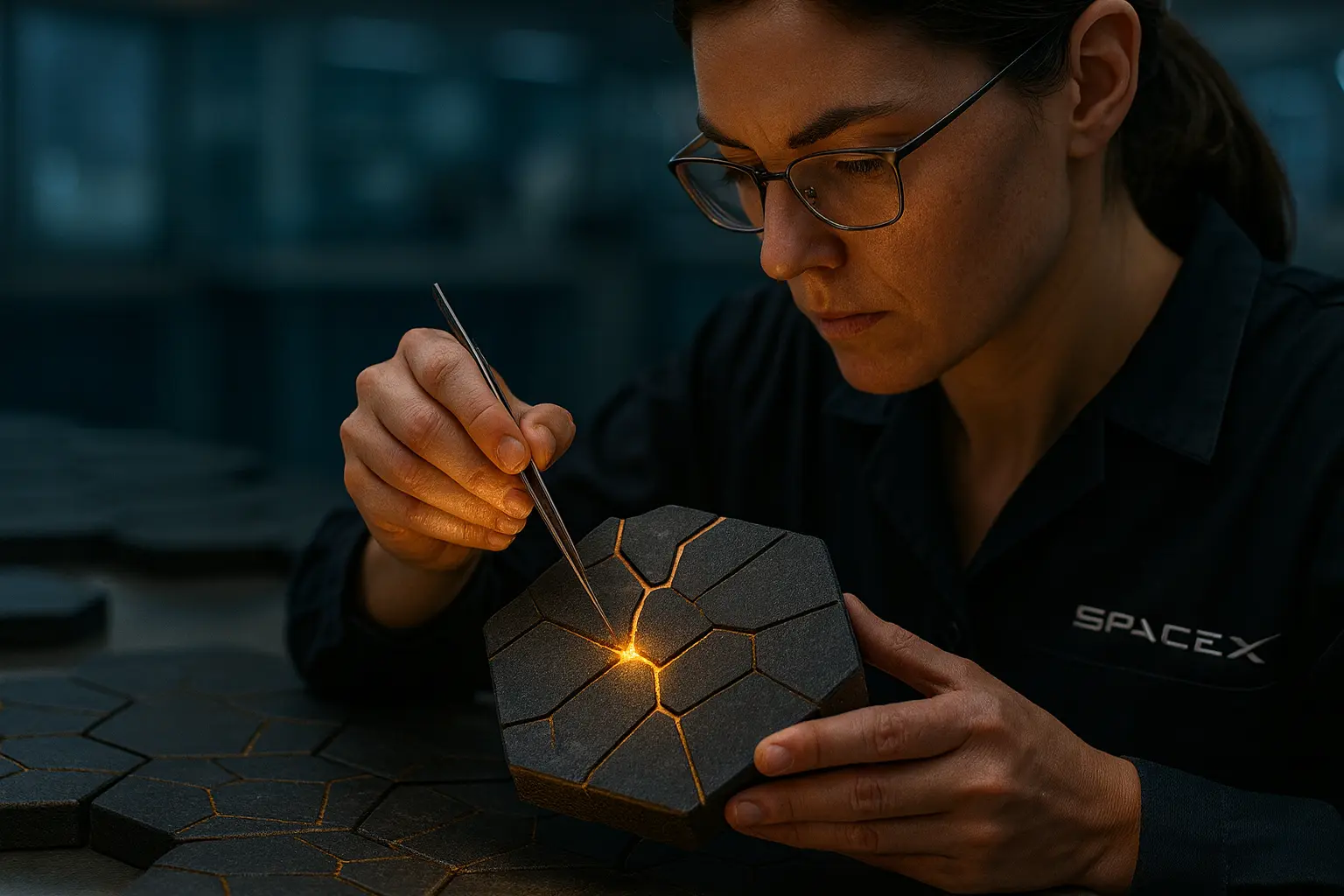Once again, critics gather eagerly whenever Elon Musk’s Starship trembles on the launch pad. They hover at the edges of achievement, waiting for smoke and failure, rehearsing their lines about hubris and haste. Each test flight, in their eyes, confirms the prophecy: SpaceX will stumble before China’s steady advance to the Moon. Timelines slip, prototypes explode—proof enough, they say, that ambition has outrun reason.
But those who see only wreckage misunderstand the nature of creation. There is an ancient Japanese art, Kintsugi, the mending of broken pottery with lacquer mixed with gold. The repaired vessel is not disguised but exalted, its fractures turned into beauty. SpaceX works in the same spirit. What the critics call “failure” are fractures filled with gold—knowledge, data, refinement—each making the next flight stronger.
Starship’s early tests have produced their share of fireballs, yes. But the sequence of tests is not a string of defeats; it is a deliberate rhythm of iteration. Every launch, every controlled crash, burns away uncertainty. The eleventh flight in October 2025, with Super Heavy’s hot-staging and boostback burn executed flawlessly, validated the entire concept of rapid, full reusability. Starship Version 2 closed its campaign not in retreat, but in triumph—its successor already assembling for the next leap.
Contrast that with China’s lunar program: competent, precise, and cautious. The Chang’e missions have advanced methodically, their reliability beyond question. Yet they remain products of an older engineering culture, one that minimizes risk by constraining imagination. China builds fine porcelain; SpaceX throws clay on a hotter wheel. Starship’s capacity exceeds 100 tons to orbit; its crewed variant offers more pressurized volume than the entire International Space Station. Musk intends it to handle every stage of a Moon mission with a single vehicle—an idea as audacious as it is inevitable.
Meanwhile, the numbers speak: 139 SpaceX launches in 2025, most of them reusing hardware that would once have been discarded. The Falcon fleet now accounts for nearly 90 percent of all global satellite deployments. Starlink covers the planet, a constellation that began as derision and ended as infrastructure.
To the naysayers, this is merely spectacle; to the builders, it is evolution. SpaceX’s willingness to break and rebuild is not recklessness—it is discipline at speed. Each fracture is a page in the manual of progress. The Kintsugi craftsman does not mourn the crack; he traces it with gold.
Hone your doubts, naysayers, and keep them at the ready. The Starship program will give you many chances to use them—and just as many reasons to revise them. When that vast silver rocket lands on the Moon, its seams gleaming with the gold of hard-won triumphs, the critics will find themselves out of metaphors.
The future is not manufactured in safety. It is forged in fire, and finished in gold.

